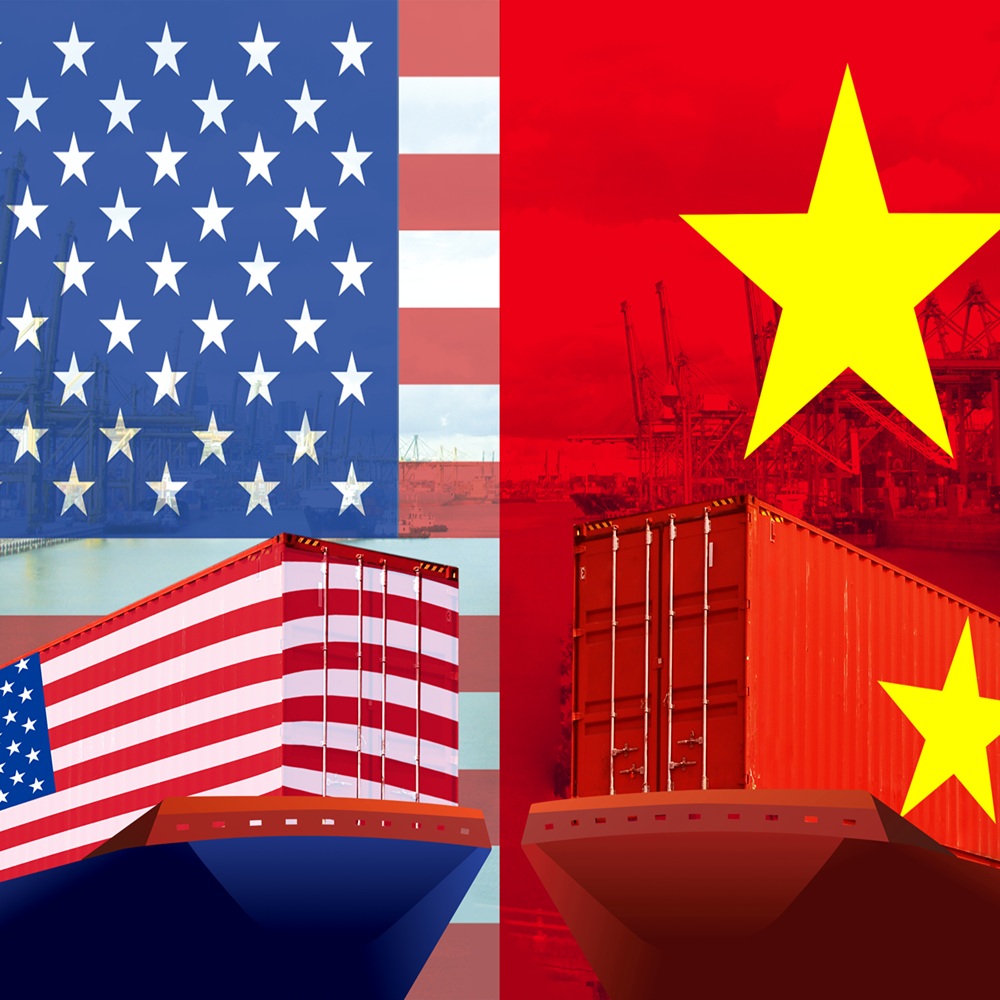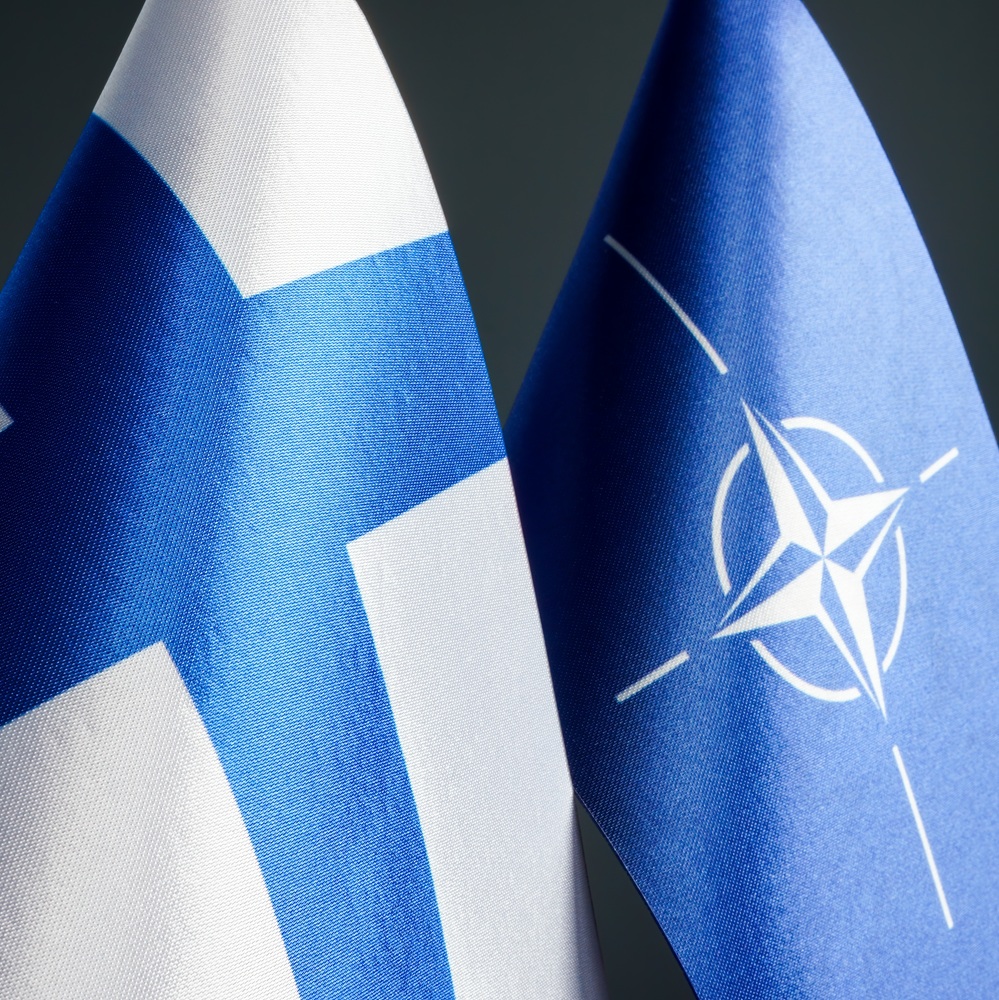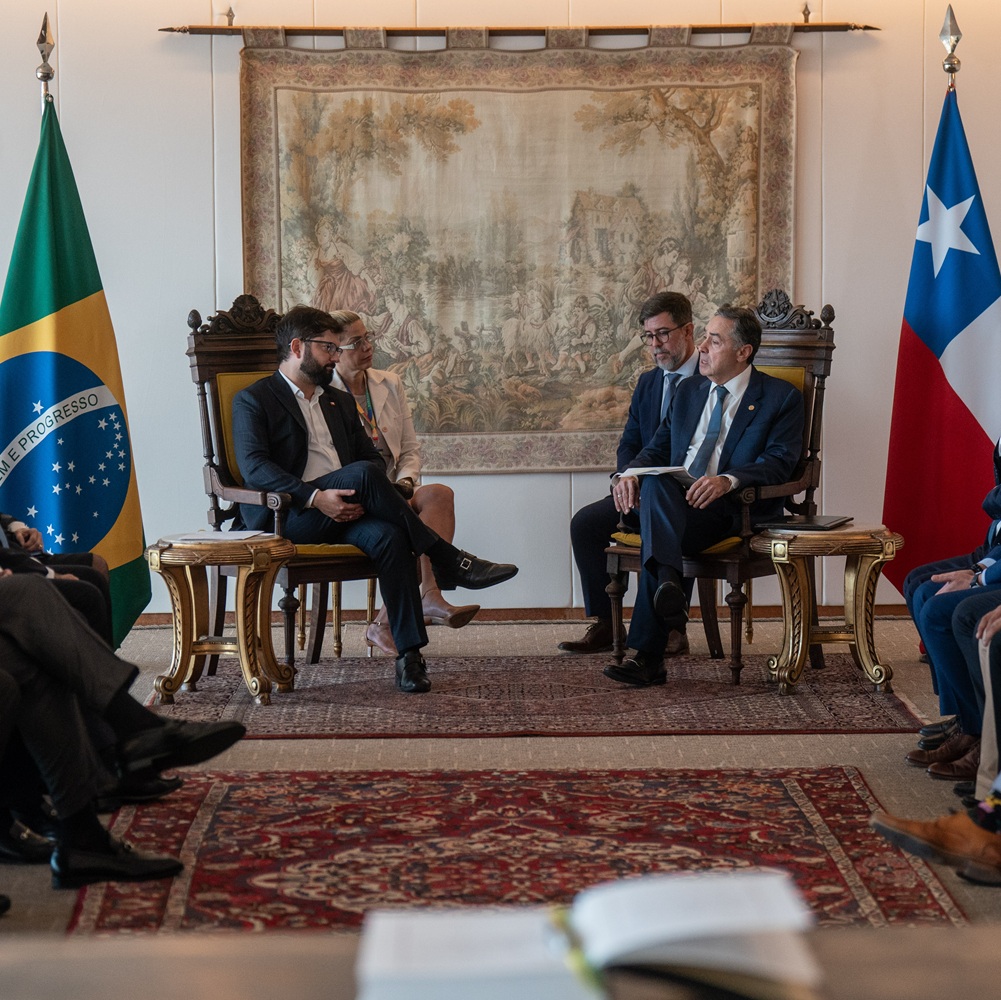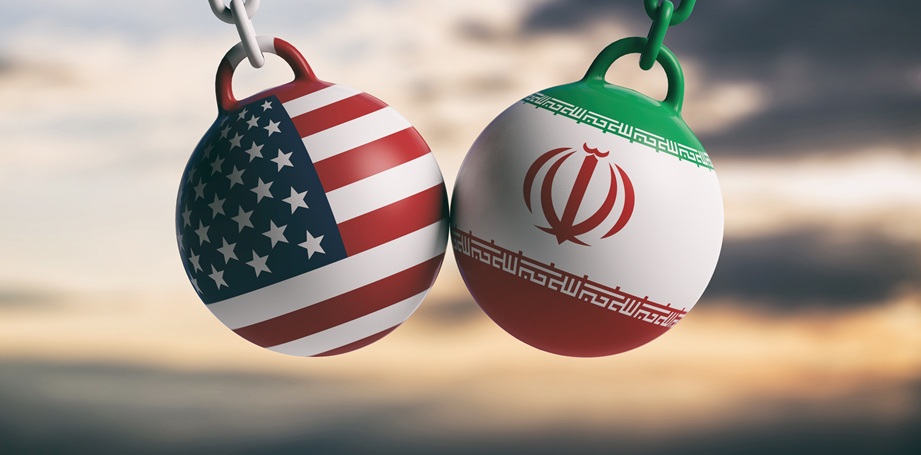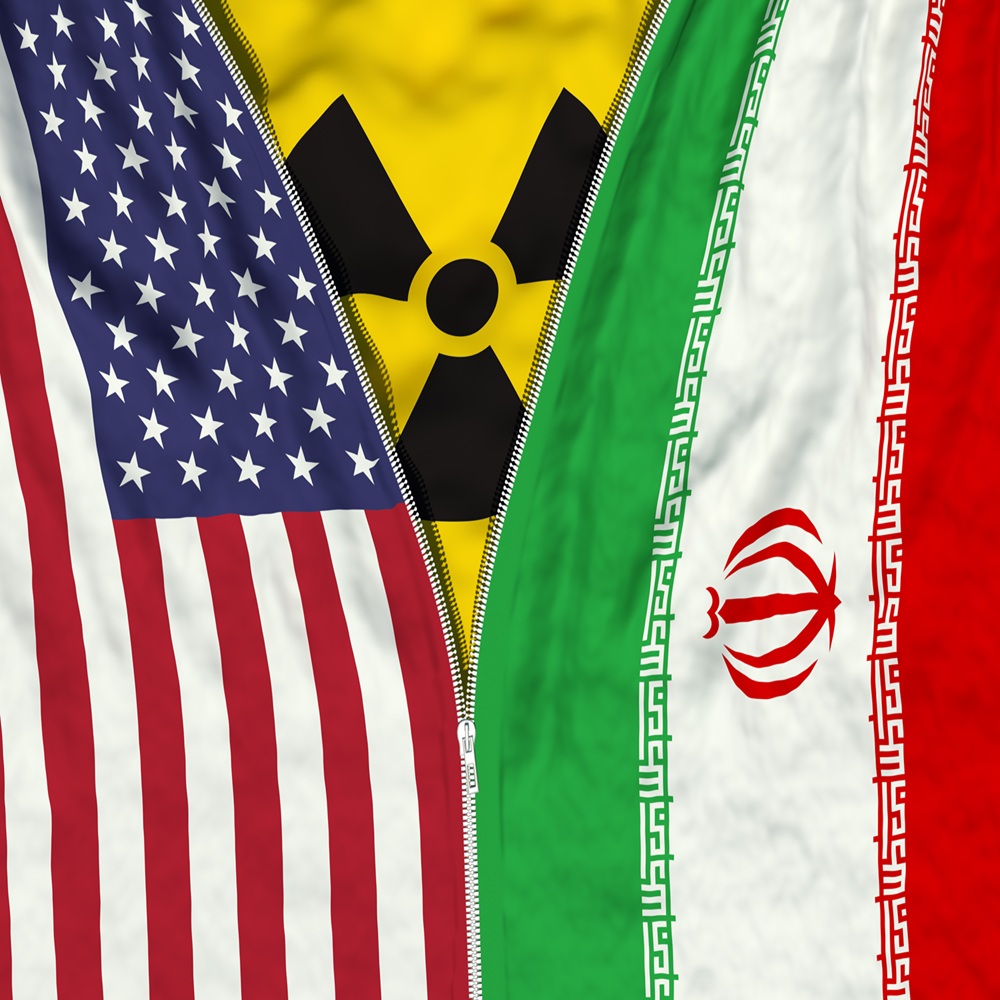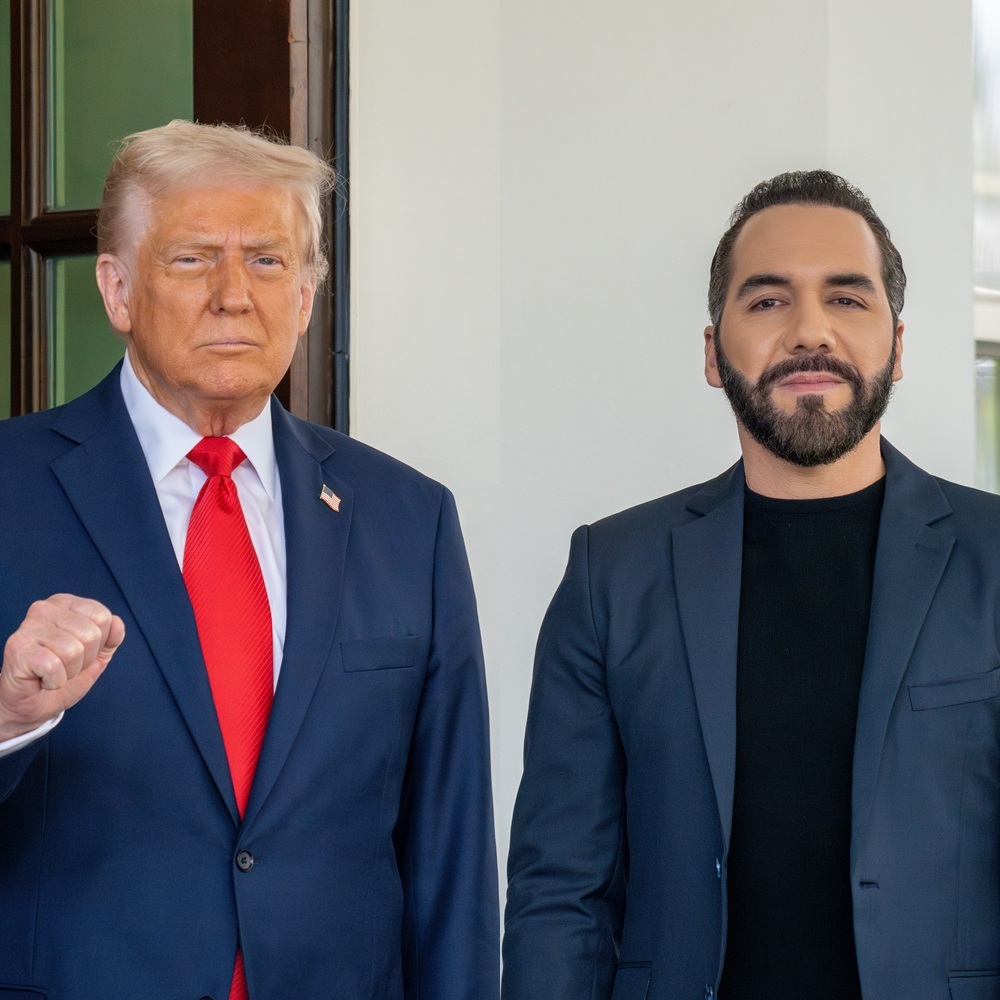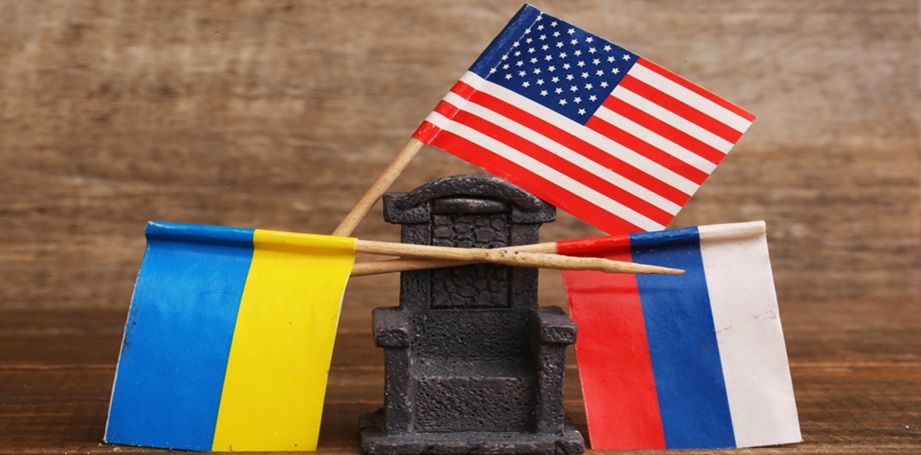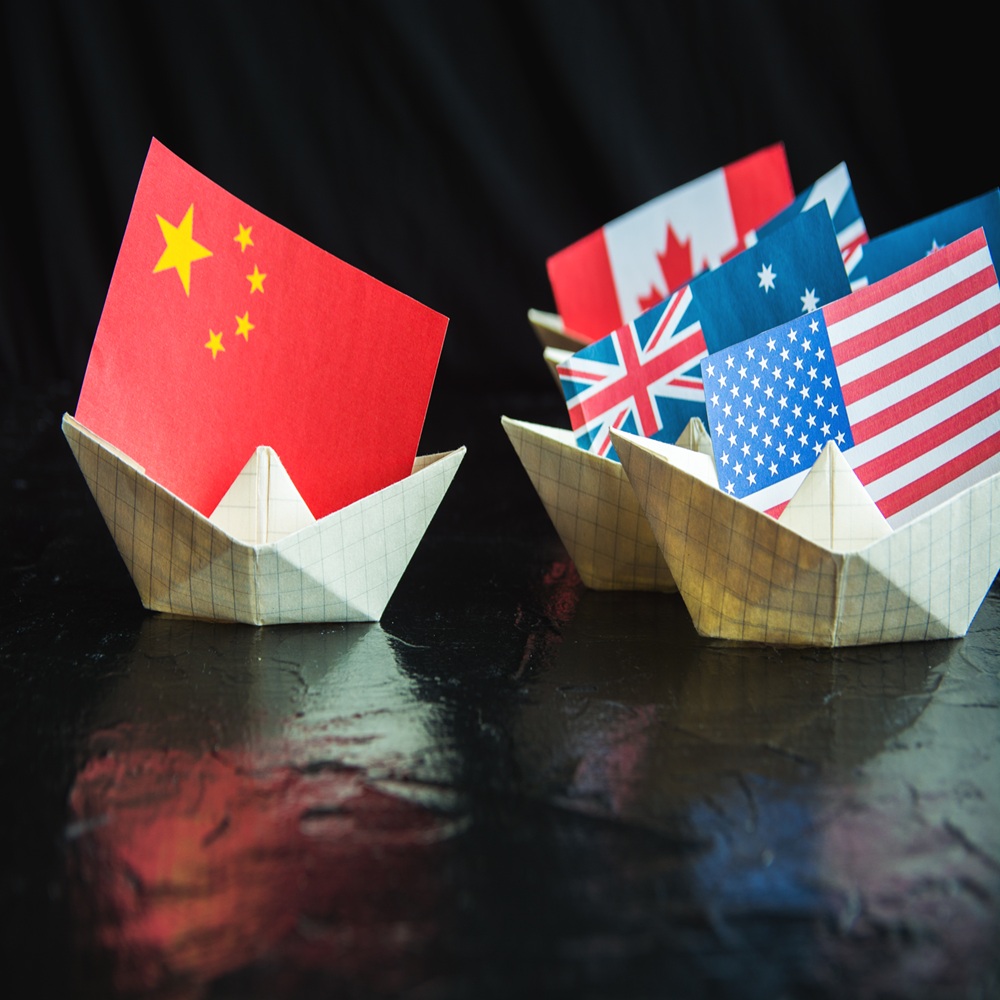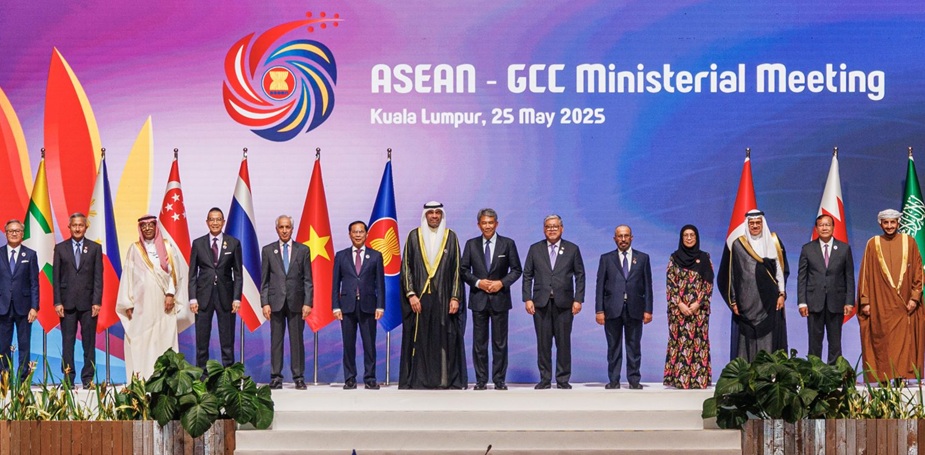
Implications of Xi Jinping's visit to Malaysia and Trump's visit to the Gulf ahead of the Malaysia-led ASEAN-China-GCC summit
by Nadia Helmy
China relies heavily on Malaysia as a bridge for cooperation, dialogue, and coordination with the Gulf Cooperation Council (GCC) countries and China in confronting the economic and political challenges imposed by the United States on China and many countries around the world after President “Trump” increased US tariffs on China. To this end, China seeks to coordinate with Malaysia during its presidency of the (ASEAN Summit) this year 2025, and its concurrent presidency of the (ASEAN-GCC Cooperation Summit), a situation China is keen to capitalize on through its distinguished partnership with Malaysia. In addition, Chinese President Xi Jinping's visit to Malaysia in mid-April 2025, during which they issued a joint statement on support for Gaza and the Palestinian cause in the face of Israeli violations. Malaysia's meetings and its current hosting of the (ASEAN Summit and the ASEAN-GCC Cooperation Summit) come after important trade talks between the United States and China in Switzerland in May 2025, the same month as the ASEAN and ASEAN-GCC Cooperation Summits with China. The ASEAN-GCC Summit may be a real opportunity to lay the foundation for deeper negotiations between the world's two largest economies after a period of escalation in the trade war between the two sides. Given the importance of the ASEAN region to Southeast Asia, which represents China's vital backyard, it is at the heart of the strategy for managing major events between Washington and Beijing in the Indo-Pacific region. To this end, Washington and Beijing signed a strategic partnership agreement with ASEAN, given its critical importance to both countries. Former US President Joe Biden signed a new Comprehensive Strategic Partnership agreement between the United States and the Association of Southeast Asian Nations (ASEAN), describing it as a decisive step toward addressing the biggest issues of our time. Meanwhile, Beijing emphasized strengthening the Comprehensive Strategic Partnership agreement it signed with ASEAN in 2021, with China keen to jointly build the world's largest free trade area. The most prominent complex global issues on the agenda of ASEAN countries, China, Malaysia, and the Gulf Cooperation Council (GCC) in their confrontation with Washington and Russia include (the war in Ukraine, climate change, regional tensions around the Taiwan Strait and the South China Sea, North Korea's missile launches, the recent Gaza war, and US tariffs), among others.To this end, China officially confirmed Chinese Premier Li Keqiang's visit to Malaysia in late May 2025 to attend a summit coordinated by China with a newly formed group of Southeast Asian and Arab countries, through which Beijing hopes to garner support in the face of Washington's tariffs. China also launched a campaign to mend relations with the European Union, Japan, and South Korea, after US President Donald Trump imposed a series of tariffs on numerous countries on April 2, 2025, before abruptly suspending them for dozens of countries except China. Chinese Premier “Li Keqiang” will also be in Kuala Lumpur, Malaysia, to attend the (ASEAN-GCC-China Summit) on May 27, 2025, which will be held one day after the ASEAN Summit scheduled for May 26, 2025. China has not publicly confirmed the names and number of Chinese officials who will comprise the Chinese delegation it will send to Malaysia before the summits in Malaysia. From my analytical perspective, this may stem from China's fear that the United States and its ASEAN allies will exert pressure on those Chinese figures who will participate in the (ASEAN-GCC Summit) in particular. In my view, Chinese President Xi Jinping's visit to Malaysia in mid-April 2025 is linked to the role Malaysia will play, along with its ally China, in confronting US protectionist policies. This follows President Xi Jinping's visit to three Southeast Asian countries (Vietnam, Malaysia, and Cambodia) to win them over to China's side in its trade war with the United States. To this end, China is seeking to win Malaysia over, particularly at this time, as Beijing intensifies its current efforts to secure partnerships to protect its economy from the escalating trade war with the United States. While the three countries (Vietnam, Cambodia, and Malaysia) will benefit from Chinese President Xi Jinping's visit in mid-April 2025 to diversify their Chinese supply chains, it also places them in a challenging position with the US, and in the crosshairs of US President Trump as he seeks to restrict the reshipment of Chinese goods to its regional neighbors and then transport them through them to the world. In anticipation of all stages of US escalation against China, Chinese President “Xi Jinping” convened and chaired the Central Working Conference on Diplomacy with Neighboring Countries in early May 2025. This conference highlighted China's increasing focus on strengthening regional relations, particularly with its neighbors, most notably Malaysia and its ASEAN partners. On the other hand, there is competition between the United States, China, and Europe to enhance economic presence at the joint summit between the Malaysia-led ASEAN and the Gulf Cooperation Council (GCC) in Kuala Lumpur, Malaysia. The GCC countries are in fierce competition with the United States, Russia, China, and Europe to strengthen their economic presence in the vibrant ASEAN, which holds promising opportunities in multiple fields for the Gulf community. The ASEAN summit with the Gulf states and China represents an important milestone that reflects the growing interest of the leaders of the Gulf Cooperation Council (GCC) in strengthening relations with the ASEAN countries and China, in the face of economic and geopolitical challenges that require deeper coordination and more flexible cooperation. This is especially true given the unbalanced nature of Trump's personality, from the perspective of the Gulf states, even his closest allies. Many GCC leaders fear a sudden Trump coup against his closest allies, which is one of the reasons for the Gulf's move towards rapprochement with the ASEAN and China, led by Malaysia. The geopolitical transformations and escalating international competition between China and the United States over the Asian region and the Association of Southeast Asian Nations (ASEAN) in East and Southeast Asia, on the part of Russia, Europe, the United States, and China, have highlighted the efforts of the Gulf Cooperation Council (GCC) countries to strengthen their economic and political presence in this vital region through strategic partnerships that transcend traditional considerations and are based on mutual interests and commonalities. ASEAN countries represent emerging economies that hold promising opportunities in multiple fields for China and the Gulf countries, such as energy and infrastructure. This is why all GCC countries are currently investing in it. Furthermore, there are important commonalities, including that these countries, like the Gulf states, are also seeking to distance themselves from geopolitical polarization in their regional environment, especially after the recent Gaza war. The GCC countries are currently unwilling to enter into economic alliances against other parties. This provides common ground for fruitful cooperation between all, led and coordinated by Malaysia as a bridge for communication, dialogue, and coordination between the GCC countries, primarily with China. There is also a mutual desire to strengthen Sino-Gulf relations with ASEAN countries through Malaysia at various levels, including cultural cooperation, based on a shared history spanning hundreds of years, particularly through the Chinese Belt and Road Initiative, which represents numerous cultural and civilizational aspects, in addition to its economic, commercial, and investment importance for all. The secret to ASEAN's success and the encouragement of GCC countries to cooperate and coordinate with it and with China through Malaysia is its focus on economic objectives, transcending ideology and non-interference in the internal politics and affairs of other countries, while giving priority to development and investment. The new and vital area of coordination between ASEAN, China, Malaysia, and the GCC countries is the Maritime Cooperation Mechanism, recognizing the importance of oceans and seas as a key factor in driving growth. Therefore, there is a working agenda for a framework for maritime cooperation among all concerned countries, to ensure the security of maritime and logistical straits, achieve the principles of maritime safety and security, and ensure freedom of navigation and air traffic without obstacles that limit the movement of legitimate maritime trade. It also promotes peaceful resolution of disputes in accordance with the principles of universally recognized international law. The Gulf's move toward cooperation with ASEAN countries and China, through Malaysia's coordination of the Gulf Cooperation Council (GCC) summit with ASEAN and China, has several fundamental reasons. These include the United States' imposition of tariffs on several countries, including the GCC itself, at varying rates. This will impact their exports to the US market. This move will inevitably push them to seek alternative markets, enhancing opportunities for cooperation between ASEAN and China, led by Malaysia, with the Gulf countries. This comes amid Chinese efforts to leverage these changes to strengthen its negotiating position vis-à-vis the Americans. Perhaps the positive thing is that Washington announced the suspension of these tariffs on China for 90 days, but I most likely expect it to impose other tariffs on China and the Gulf countries and set other conditions. This will make economic relations between the GCC countries, ASEAN, and China vis-à-vis Washington more tense in the short and long term, as their exports to the US will inevitably be affected in the near future. Therefore, we note that these common challenges facing the Gulf Cooperation Council (GCC), ASEAN, China, and Malaysia together in the face of these American pressures, even after Trump's visit to the three Gulf states (Saudi Arabia, Qatar, and the UAE) in the same month as the (ASEAN-China-GCC summit) in Malaysia in May 2025, open the door to new economic dialogues between all parties and help form regional blocs between ASEAN, China, Malaysia, and the GCC countries. There is clear enthusiasm from all parties to make this happen on the ground. Suffice it to mention the keenness of the concerned parties to hold real summits at the level of heads of state, in addition to ongoing ministerial and technical meetings. This reflects the existence of a genuine political will that seeks to translate all these aspirations into practical partnerships on the ground. In this context, China, ASEAN, and Malaysia welcomed Saudi Arabia's bid to host Expo 2030 in Riyadh, highlighting the importance of organizing regional and international exhibitions to revitalize economic and cultural exchanges between the Gulf and ASEAN regions, including Southeast Asian countries, China, and Malaysia. They also emphasized the importance of conducting consultations to explore cooperation on implementing the “ASEAN Integration Initiative Action Plan” (2021-2025) and integration programs in the Gulf Cooperation Council (GCC) countries with China and Malaysia. This is what the ASEAN-GCC Joint Summit with China and Malaysia seeks to explore and achieve. The ASEAN-GCC-China Joint Summit, led by Malaysia, is expected to discuss the Joint Action Plan until 2028 and enhance cooperation between the two organizations, particularly political, economic, security, and cultural aspects, as well as investment, tourism, agriculture, halal products, education, and training. Coordination between these parties, through Malaysia's presidency of the current ASEAN-GCC summit with China, is focused on key economic partnership priorities, namely enhancing regional market integration and integrating them through cooperative partnerships among all, while strengthening the multilateral trading system. This summit also aims to strengthen existing relations between the Gulf states, ASEAN, and China, given the current circumstances, regional conditions, and rapid international changes. The summit will also enhance the dynamics of relations between ASEAN, the GCC, China, and Malaysia, by discussing the path forward and strengthening cooperation across a number of existing areas of cooperation, including combating international crimes and terrorism. It is also an opportunity to identify new areas of cooperation in security, politics, economics, and cultural pillars. The most important aspect, from my perspective, is that the currently emerging multipolar international order requires middle powers such as the Gulf states, ASEAN, China, and Malaysia to stick together and reach a joint dialogue to support multilateral relations, particularly political aspects, and to coordinate their common positions, especially after the recent Gaza war and the American pressures that have become openly exerted on everyone. In general, the relationship between the Gulf and ASEAN sides, along with China and Malaysia, is considered primarily economically important for all, but it has also evolved due to circumstances in the political dimension. ASEAN countries enjoy a reputation for great neutrality and flexibility regarding international positions, with a greater focus on the economic dimension, while Gulf leaders are placing greater importance on developmental aspects alongside the economy.









